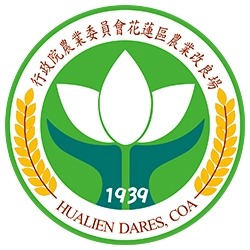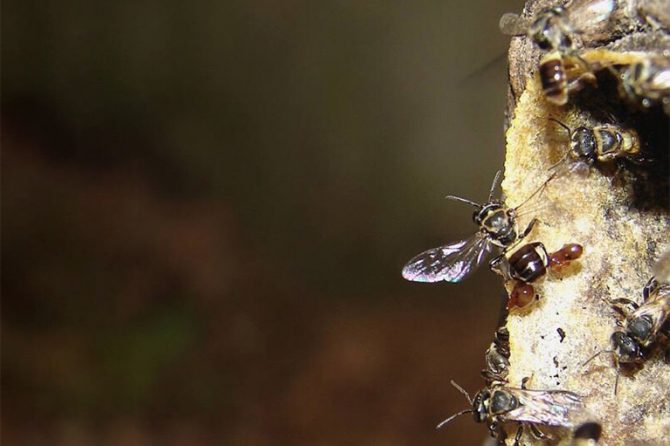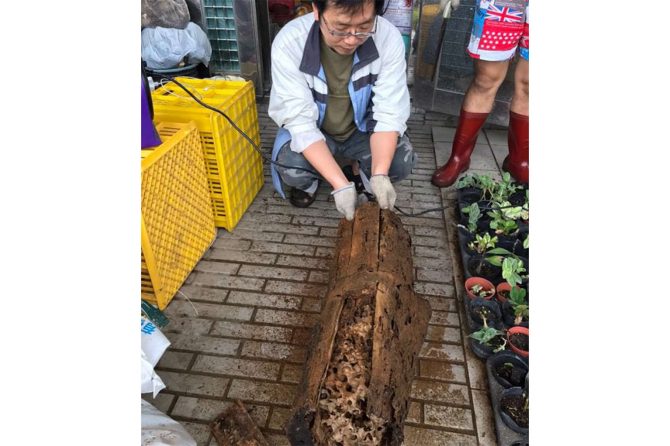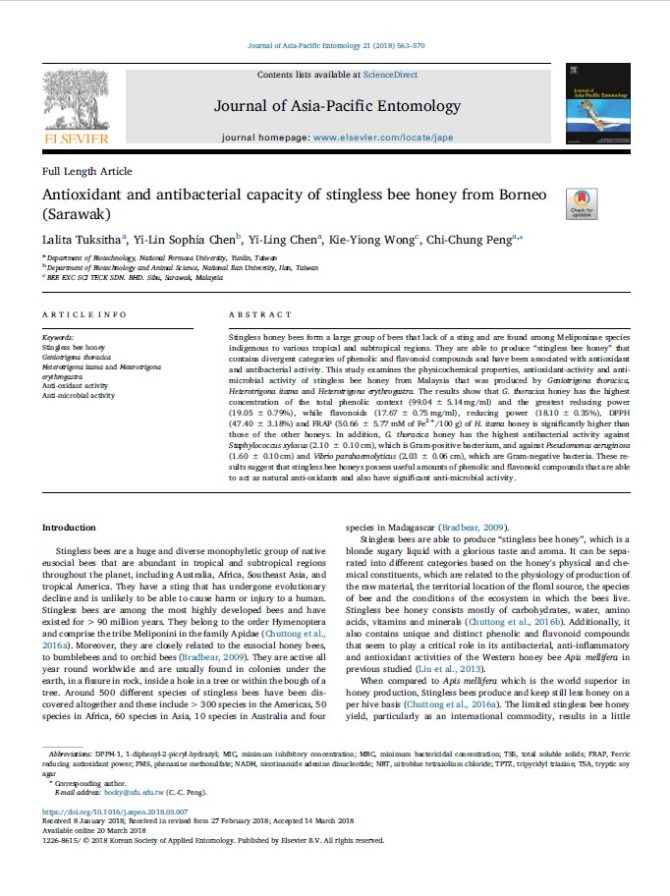2017 CHINESE TAIPEI (TAIWAN)
Taiwan stingless bee field investigation and greenhouse pollination preliminary work
Hualien District Agricultural Research and Extension Station (HDARES)
Research activities
Landscape
Overview
An endemic species of stingless bee, Lepidotrigona hoozana, was traditionally used in Taiwan based on aboriginal practices as main pollen insects and for the production of propolis. The main nesting plants include native tree species such as Roche’s salt wood, mulberry tree, and Elephant’s Ear trees. However, due to habitat degradation and deforestation for betel nut and tea production, as well as the use of agrochemicals, including pesticides and herbicides, the stingless bee populations are now close to extinction in their native habitat. Recently, in Taiwan only about 30 stingless bee nests were found in the wild. Stingless bees have considerable potential in bee pollination, and even medical and chemical use. In order to contribute to the recovery and conservation of pollinated bees, the project experimented rearing the stingless bees in tree barrel hives from the wild in the primary forest as a rich enough source to supply the feeding environment.
Key achievements
- The project succeeded in identifying pollen sources of stingless bees among the flora of Taiwan, and making bee food suitable for improving strength and reproduction of the bees. As the supply of pollen is insufficient and the stingless bees can be affected by diseases, the following substances can be used as alternative pollen food to improve bee health and bee colony breeding, and ultimately to increase the bee population: highly digestive soy, protein decomposition products, beer yeast powder, white granulated sugar, integrated vitamins, citric acid, Chinese herbal medicine extract powder, garlic powder and unsaturated fatty acids.
- Earlier problems of artificial breeding and reproduction were solved. The project demonstrated that stingless bees can live in rearing conditions and assist farmers in the pollination of greenhouse cultivation.
- The project also preliminarily completed the pre-pollination trial of greenhouse bitter gourd.
- These results have attracted attention of other relevant government units in Taiwan, including the Construction Department, Xueba National Park, and the Hualien Forest Management Office. They invited the project team to develop further plans. The project results have also been reported by the media, including online media, prompting public discussion of the stingless bee issue.
Lessons
- Abuse of agricultural chemicals (e.g. pesticides) may cause the stingless bee to become extinct rapidly. This species thus serves as an environmental indicator, which reminds residents of the importance of the habitat.
- Furthermore, the stingless bee is suitable for greenhouse pollination. However, without appropriate guidelines on stingless bee beekeeping, the stingless bee colonies may collapse.
- Both pollination and propolis product development are worthwhile and meaningful for environmental conservation and economic development. In the future, it is hoped that pollination tests can be carried out on various greenhouse melon plants in the region, in order to enhance the agricultural economic value.
Project location
Organisation

Hualien District Agricultural Research and Extension Station (HDARES)
- Sector
- academic/ esearch institute
- Country
- Chinese Taipei (Taiwan)
- Website/SNS
- https://www.hdares.gov.tw/en/
Related products
Antioxidant and antibacterial capacity of stingless bee honey from Borneo (Sarawak)
- Publisher
- Journal of Asia-Pacific Entomology
Stingless honey bees form a large group of bees that lack of a sting and are found among Meliponinae species indigenous to various tropical and subtropical regions. They are able to produce “stingless bee honey” that contains divergent categories of phenolic and flavonoid compounds and have been associated with antioxidant and antibacterial activity. This study examines the physicochemical properties, antioxidant-activity and antimicrobial activity of stingless bee honey from Malaysia that was produced by Geniotrigona thoracica, Heterotrigona itama and Heterotrigona erythrogastra. The results show that G. thoracica honey has the highest concentration of the total phenolic context (99.04 ± 5.14 mg/ml) and the greatest reducing power (19.05 ± 0.79%), while flavonoids (17.67 ± 0.75 mg/ml), reducing power (18.10 ± 0.35%), DPPH (47.40 ± 3.18%) and FRAP (50.66 ± 5.77mM of Fe2+/100 g) of H. itama honey is significantly higher than those of the other honeys. In addition, G. thoracica honey has the highest antibacterial activity against Staphylococcus xylosus (2.10 ± 0.10 cm), which is Gram-positive bacterium, and against Pseudomonas aeruginosa (1.60 ± 0.10 cm) and Vibrio parahaemolyticus (2.03 ± 0.06 cm), which are Gram-negative bacteria. These results suggest that stingless bee honeys possess useful amounts of phenolic and flavonoid compounds that are able to act as natural anti-oxidants and also have significant anti-microbial activity.
Relevant projects
Projects of the same year
Aichi Biodiversity Targets
Aichi Biodiversity Targets
-
Genetic diversity maintained
-
Knowledge improved, shared and applied
Sustainable Development Goals
Sustainable Development Goals
-
Good health and well-being
-
Responsible consumption, production


